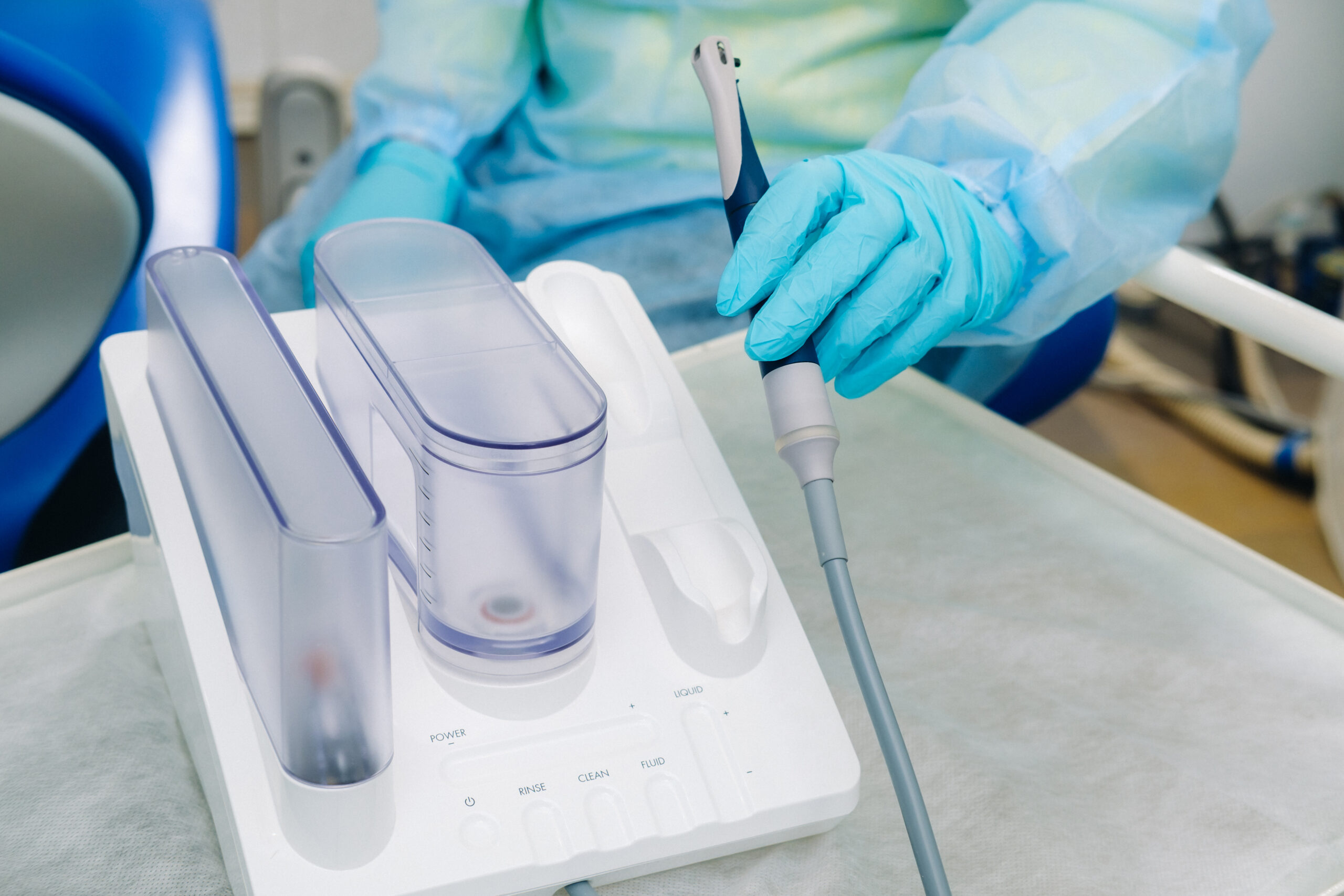Ultrasonic cleaners have revolutionized the way delicate and intricate objects are cleaned, offering a non-invasive, highly effective solution for industries such as healthcare, jewelry, automotive, and electronics. But how do these devices manage to remove stubborn dirt, grease, and contaminants from the tiniest crevices of objects without causing damage?
The Basics of Ultrasonic Cleaning
At the heart of every ultrasonic cleaner is a simple principle: sound waves. These cleaners use high-frequency sound waves, typically ranging from 20 kHz to 120 kHz—to create a cleaning action that is both powerful and gentle. The process involves a combination of physics and chemistry to produce a cleaning effect that can reach into areas that traditional methods, like scrubbing or brushing, cannot.
Components of an Ultrasonic Cleaner
An ultrasonic cleaner consists of several key components:
- The Cleaning Tank: A stainless-steel basin filled with a cleaning solution, usually water combined with a detergent or specialized cleaning agent.
- Ultrasonic Transducers: Devices that convert electrical energy into sound waves. These transducers are attached to the bottom or sides of the cleaning tank.
- A Generator: This part of the system powers the transducers, converting electrical energy into the high-frequency sound waves required for ultrasonic cleaning.
- Cleaning Solution: The liquid in the tank, typically a mix of water and detergent, helps to suspend dirt and contaminants that are dislodged by the cleaning process.
The Process of Ultrasonic Cleaning
1. Generating Sound Waves
Once the machine is turned on, the ultrasonic transducers begin to vibrate at very high frequencies, typically in the range of 20,000 to 120,000 Hz (or cycles per second). These vibrations create high-frequency sound waves that propagate through the cleaning solution.
2. Cavitation: The Key Mechanism
As the sound waves travel through the cleaning liquid, they create alternating areas of high and low pressure. During the low-pressure phase, tiny bubbles form in the liquid. This phenomenon is called cavitation.
These cavitation bubbles are not like regular air bubbles; they are formed in a vacuum state, meaning they are unstable. When the pressure switches back to high, the bubbles collapse or implode with intense force. These implosions generate a tremendous amount of energy in the form of heat and pressure, though they are microscopic in scale.
3. The Cleaning Action
The collapse of cavitation bubbles creates a scrubbing effect at the microscopic level. When these bubbles implode near the surface of an object, they release energy that dislodges dirt, grease, bacteria, and other contaminants. This process is incredibly effective because the bubbles are able to penetrate into tiny crevices, pores, and other hard-to-reach areas that would be impossible to clean using traditional methods like manual scrubbing.
Why Ultrasonic Cleaning is So Effective
The key advantage of ultrasonic cleaning is its ability to reach areas that other methods cannot. The combination of cavitation and the cleaning solution ensures that even the smallest contaminants are removed. Some of the reasons why ultrasonic cleaning is so effective include:
- Deep Cleaning: Ultrasonic cleaners can remove contaminants from complex surfaces, including grooves, blind holes, and intricate designs.
- Non-Abrasive: The process is gentle enough not to damage delicate items like jewellery, medical instruments, or sensitive electronic components.
- Versatility: The cleaning process can handle a wide range of contaminants, including grease, oil, carbon deposits, biofilms, and particulate matter.
- Efficiency: The cleaning action works quickly, often completing in minutes what could take hours using traditional cleaning methods.
Factors That Affect Ultrasonic Cleaning Performance
Several factors can influence how well an ultrasonic cleaner performs:
- Frequency: The frequency of the sound waves used in ultrasonic cleaners affects the size of the cavitation bubbles and the intensity of the cleaning action. Lower frequencies (around 20-40 kHz) produce larger bubbles and a more aggressive cleaning action, ideal for heavy contaminants on durable surfaces. Higher frequencies (above 40 kHz) generate smaller, more delicate bubbles, which are perfect for cleaning fragile items.
- Cleaning Solution: While water can be used on its own, adding a detergent or cleaning agent improves cleaning effectiveness. These agents help break down oils, grease, and other contaminants, making them easier to remove.
- Time: The amount of time an object is left in the ultrasonic cleaner also plays a role in how clean it gets. Typically, most items can be cleaned in just a few minutes, though larger or more heavily soiled items may require a longer cycle.
- Temperature: Heating the cleaning solution can increase cleaning efficiency. Many ultrasonic cleaners come with built-in heaters that can raise the solution temperature to optimize the cavitation process. Warmer liquids reduce the viscosity of oils and greases, allowing them to be more easily dislodged.
- Power: The power of the ultrasonic cleaner, usually measured in watts, determines how much energy the transducers generate. More power leads to more intense cavitation, which can speed up the cleaning process but may also be too harsh for delicate items.
Common Applications of Ultrasonic Cleaners
Ultrasonic cleaners are used across various industries due to their versatility and effectiveness:
- Medical and Dental Instruments: Ultrasonic cleaners are commonly used to sterilize surgical tools, dental instruments, and other medical devices, removing both visible and microscopic contaminants.
- Jewellery Cleaning: Delicate items like rings, necklaces, and watches benefit from ultrasonic cleaning, which removes dirt, oils, and tarnish without scratching or damaging the materials.
- Electronics: Ultrasonic cleaning is used to clean circuit boards, connectors, and other electronic components without risking damage from manual scrubbing.
- Automotive Industry: Ultrasonic cleaners are used to clean engine parts, fuel injectors, and other mechanical components that require deep cleaning to remove grease, carbon, and oil deposits.
Ultrasonic cleaners work through the powerful, yet gentle, action of cavitation. By using high-frequency sound waves to create microscopic bubbles, these machines offer a cleaning method that reaches even the smallest crevices, leaving objects clean without the risk of damage. Whether used for cleaning jewelry, medical instruments, or industrial parts, ultrasonic cleaners provide an efficient, versatile, and highly effective solution to meet a wide range of cleaning needs.











